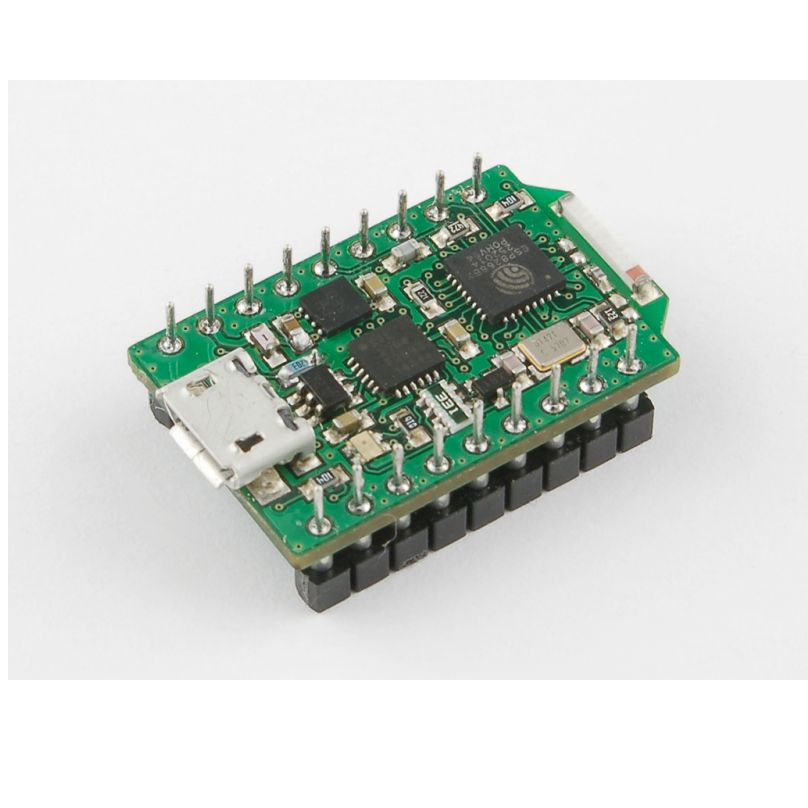
Mercury 1.0 is a development board based on the ESP8266 microcontroller using XTENSA LX106 architecture.
This board features a maximum CPU frequency of 160 MHz and 4 MB flash memory.
About Mercury 1.0
Minimal ESP8266 development board - designed for basic IoT projects and sensor integration.
Mercury 1.0 Technical Specifications
🛰️ Connectivity
🧠 Microcontroller
Mercury 1.0 Pin Mappings
Below you can find the Mercury 1.0 pinout. This development board provides digital IO pins, out of which can be used as external interrupt pins and as analog input pins .
| Pin | Analog | Touch | PWM | Other |
|---|---|---|---|---|
| 0 | LED_BUILTIN | |||
| 2 | ||||
| 4 | ||||
| 5 | ||||
| 9 | ||||
| 10 | ||||
| 12 | ||||
| 13 | ||||
| 14 | ||||
| 15 | ||||
| 16 | ||||
| D7 | USST | |||
| D8 | USSE | |||
| D4 | SERVO1 | |||
| D6 | SERVO2 | |||
| D3 | SERVO3 | |||
| D5 | SERVO4 | |||
| D9 | IR1 | |||
| D10 | IR2 |
Default Tools for Mercury 1.0
| Uploader tool | esptool |
| Flash mode | dio |
| Maximum data size | 80 Kb (81920 B) |
The Mercury 1.0 development board by default uses esptool uploader tool, network uploader tool for Over-the-air (OTA) uploads and bootloader tool. The bootloader starts at address "". Flash mode and boot mode for Mercury 1.0 development board by default is dio and respectively.


